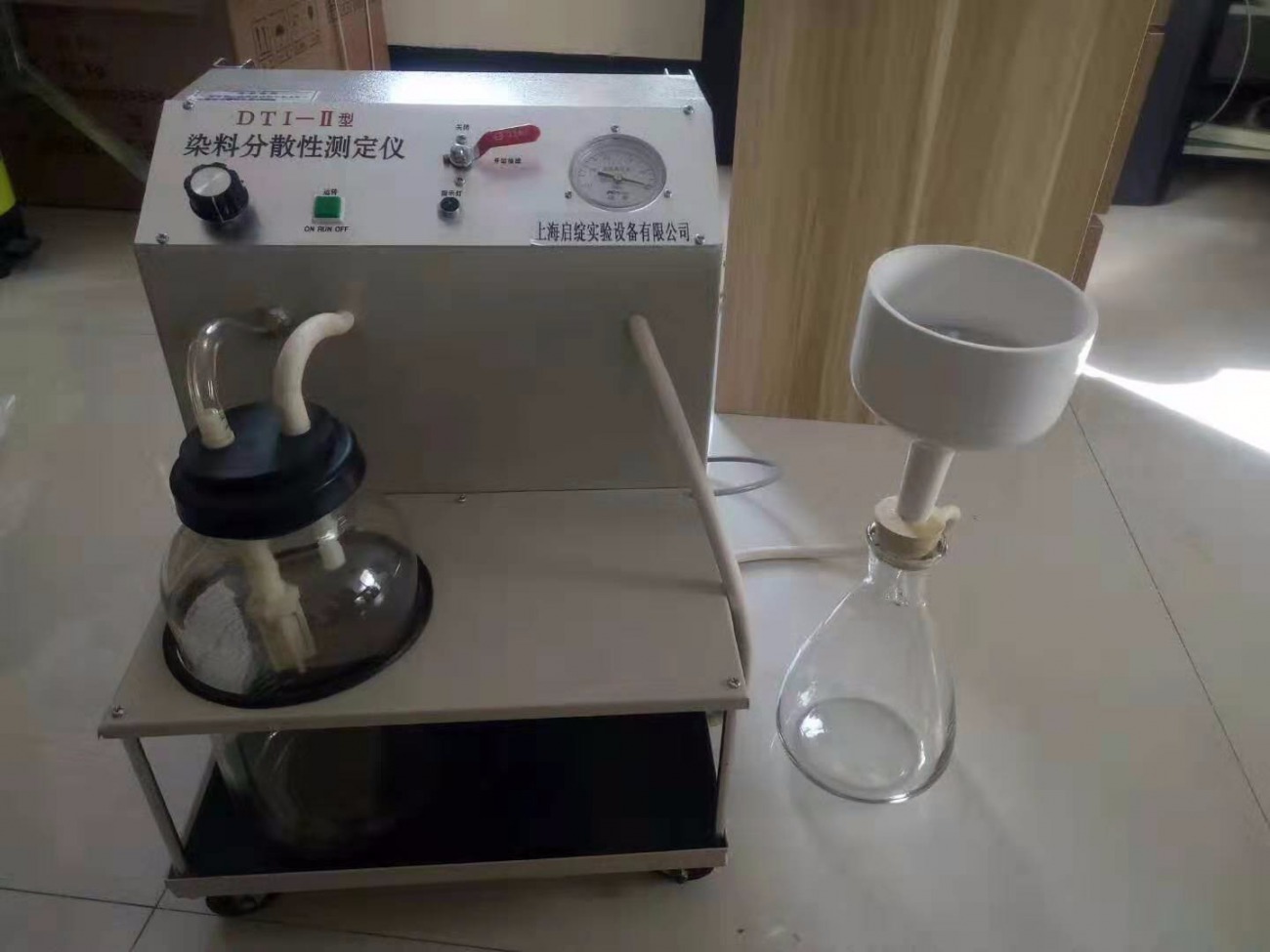5 ways to identify the quality of disperse dyes
Diffusibility test: Accurately weigh 1g of dye, add 100mL of 30°C water, stir evenly with a glass rod, drop 4-5 drops of the dye suspension on the filter paper with a straw, observe its natural seepage circle, good diffusivity Then its area is larger.some dye solutions have 1~2 layers of fuzzy seepage circles at the place where the dye solution is dripped, the area is not large, and the dye solution seepage circle is an aqueous solution,when this kind of dye is applied, it is best to add a dispersant with a dye dosage of 20% to 30%.or add 2g/L disperse dye repair agent to improve the diffusion of dyes and increase the migration of dyes.

Dispersion test: Heat the remaining dye solution above on a constant temperature electric furnace to 70°C~72°C, leave the heat source, stir with a glass rod, and observe whether the dye on the beaker wall and the glass rod is sticky.If the fluidity of the dye solution is very good and there is almost no stain on the glassware, it means that the dye has good dispersibility and can be dyed at 100°C or under high temperature and high pressure conditions.

High-temperature dispersion stability test: Pour the above dye solution into a glass dyeing cup, put it in a dyeing machine, and treat it at 130°C and 0.18MPa for 30 minutes. After taking it out, observe whether the solution thickens.slowly pour it on the filter paper (the filter paper can generally be placed on a 50mL beaker), the shorter the filtering time, the better.If the dye solution becomes thicker after heating, and feels pasty when touched with fingers, it means that the high temperature dispersion stability of the dye is poor.the dye should also be supplemented with 20% to 30% dispersing agent when the dye is used. If the water hardness used in production is too high,when disperse dyes are added to the dye bath, secondary coagulation will occur. To prevent this situation, the pH of the dye bath should first be stabilized with ammonium sulfate,It can be improved by adding 1~2g/L chelating dispersant.Sodium hexametaphosphate must not be used as a water softener, because sodium hexametaphosphate will lose the ability to complex calcium and magnesium ions under high temperature and high pressure conditions.It can also increase the pH value of the dye bath and destroy the stability of the dye bath.Floating color on the fiber surface increases, color fastness decreases, dark color discoloration and other phenomena occur, and reducing cleaning agent can be used to improve the clarity of color.

Tar content detection: Most of the diffusing agents currently produced use crude methylnaphthalene, which contains high impurities, including not only tar, but also other compounds.after pouring the heated and unheated dye solution on the filter paper and drying it, if there are small irregular black spots on the filter paper, it can be regarded as impurities such as tar.If the tar content is less, just add some leveling agent with good dispersing and emulsifying ability to the prescription.If the tar content is high, there will be a flower-shaped golden layer on the surface of the dye solution. 2g/L chelating dispersant can be added during dyeing and before the dye is added, add a small amount of defoamer.
Thermal migration test: After polyester products are dyed with disperse dyes, during heat treatment such as heat setting and ironing, the dye inside the fiber migrates out of the fiber and contaminates other fibers.The ironing fastness test method can be used to carry out simulation tests. That is to use a piece of dyed polyester, attach a piece of nylon and acetate fabric on each side, heat press at 180°C for 30 seconds, and judge the degree of thermal migration performance according to the color of the attached fabric.Generally, it is better to have a gray card of level 3 or above, and vice versa. Dyes with poor thermal migration cannot be used for high color fastness or yarn-dyed products.




